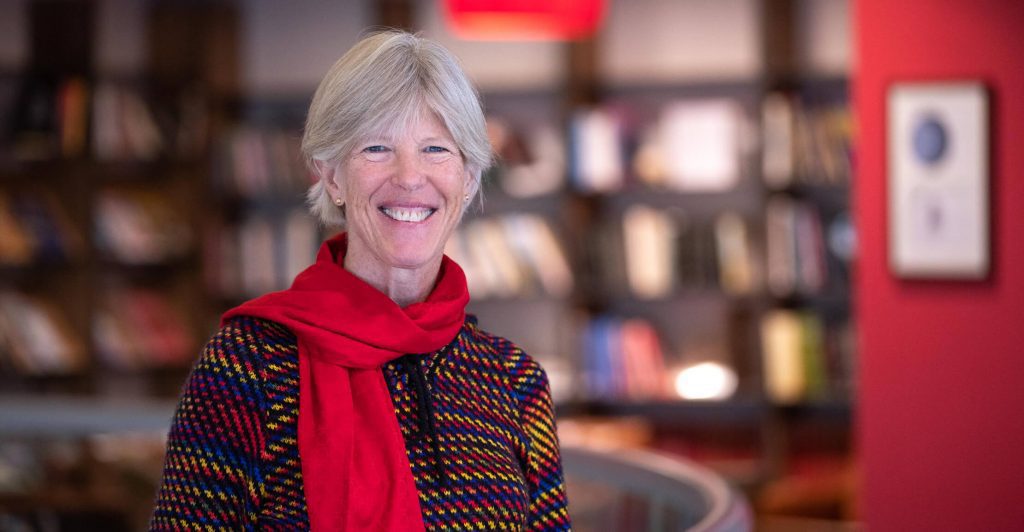In 1993, aging science was barely a field of study. Many scientists believed that aging “just happened.” Since aging happens after reproduction, the thinking went, genes for aging would escape the force of natural selection, so they could not exist. Cynthia Kenyon, now Calico’s vice president of Aging but then a professor at the University of California at San Francisco (UCSF), had other ideas.
In what has now become one of the defining studies in the field, Cynthia and her collaborators demonstrated that the rate of aging is something that can be manipulated biologically. Their study demonstrated that a single base-pair alteration or mutation in the gene daf-2 in C. elegans worms could double their lifespan. Most importantly, the worms not only lived longer, but appeared younger and healthier.
Cynthia’s work, and the subsequent research by many scientists around the world, have continued to add to this knowledge base and advance the field. The genes Cynthia identified control aging in many species, including mammals. Now, no one doubts that aging science is, in fact, a field of study.
Check out Cynthia’s 1993 paper in Nature titled, “A C. elegans mutant that lives twice as long as wild type.”
